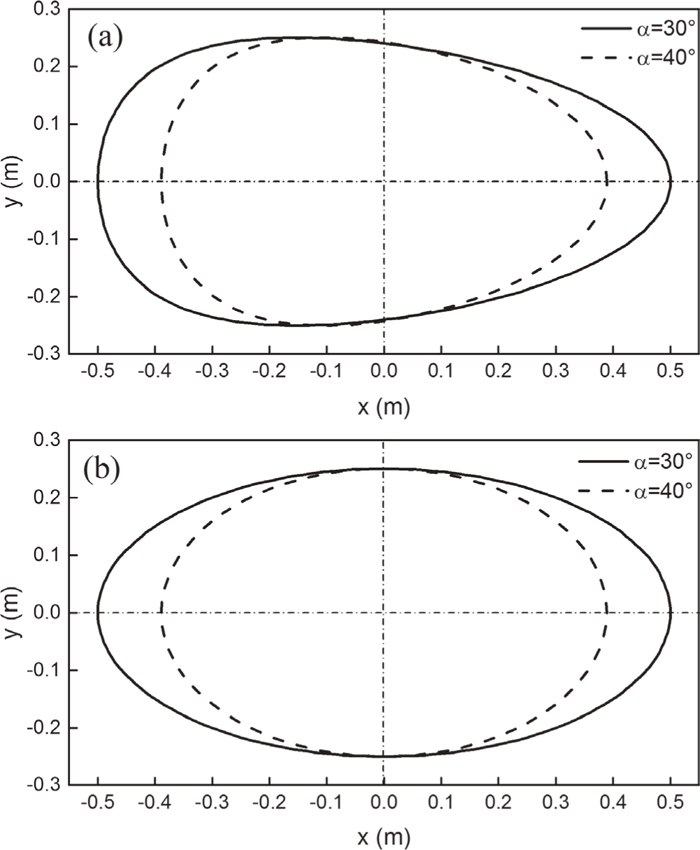55 巻, 12 号
選択された号の論文の26件中1~26を表示しています
- |<
- <
- 1
- >
- >|
Fundamentals of High Temperature Processes
Regular Article
-
原稿種別: Regular Article
2015 年 55 巻 12 号 p. 2525-2534
発行日: 2015/12/15
公開日: 2015/12/25
PDF形式でダウンロード (1709K) HTML形式で全画面表示 -
原稿種別: Regular Article
2015 年 55 巻 12 号 p. 2535-2542
発行日: 2015/12/15
公開日: 2015/12/25
PDF形式でダウンロード (1568K) HTML形式で全画面表示 -
原稿種別: Regular Article
2015 年 55 巻 12 号 p. 2543-2549
発行日: 2015/12/15
公開日: 2015/12/25
PDF形式でダウンロード (2079K) HTML形式で全画面表示
Note
-
原稿種別: Note
2015 年 55 巻 12 号 p. 2694-2696
発行日: 2015/12/15
公開日: 2015/12/25
[早期公開] 公開日: 2015/10/29PDF形式でダウンロード (723K) HTML形式で全画面表示
Ironmaking
Review
-
原稿種別: Review
2015 年 55 巻 12 号 p. 2519-2524
発行日: 2015/12/15
公開日: 2015/12/25
PDF形式でダウンロード (773K) HTML形式で全画面表示
Regular Article
-
原稿種別: Regular Article
2015 年 55 巻 12 号 p. 2550-2555
発行日: 2015/12/15
公開日: 2015/12/25
PDF形式でダウンロード (1860K) HTML形式で全画面表示 -
原稿種別: Regular Article
2015 年 55 巻 12 号 p. 2556-2565
発行日: 2015/12/15
公開日: 2015/12/25
PDF形式でダウンロード (1855K) HTML形式で全画面表示 -
原稿種別: Regular Article
2015 年 55 巻 12 号 p. 2566-2575
発行日: 2015/12/15
公開日: 2015/12/29
[早期公開] 公開日: 2015/10/22PDF形式でダウンロード (1423K) HTML形式で全画面表示 -
原稿種別: Regular Article
2015 年 55 巻 12 号 p. 2576-2581
発行日: 2015/12/15
公開日: 2015/12/25
PDF形式でダウンロード (1540K) HTML形式で全画面表示 -
原稿種別: Regular Article
2015 年 55 巻 12 号 p. 2582-2588
発行日: 2015/12/15
公開日: 2015/12/29
[早期公開] 公開日: 2015/10/22PDF形式でダウンロード (1478K) HTML形式で全画面表示
Steelmaking
Regular Article
-
原稿種別: Regular Article
2015 年 55 巻 12 号 p. 2589-2596
発行日: 2015/12/15
公開日: 2015/12/29
[早期公開] 公開日: 2015/10/22PDF形式でダウンロード (1181K) HTML形式で全画面表示 -
原稿種別: Regular Article
2015 年 55 巻 12 号 p. 2597-2603
発行日: 2015/12/15
公開日: 2015/12/25
PDF形式でダウンロード (988K) HTML形式で全画面表示
Casting and Solidification
Regular Article
-
原稿種別: Regular Article
2015 年 55 巻 12 号 p. 2604-2608
発行日: 2015/12/15
公開日: 2015/12/25
[早期公開] 公開日: 2015/10/22PDF形式でダウンロード (749K) HTML形式で全画面表示
Instrumentation, Control and System Engineering
Regular Article
-
原稿種別: Regular Article
2015 年 55 巻 12 号 p. 2609-2617
発行日: 2015/12/15
公開日: 2015/12/25
PDF形式でダウンロード (1367K) HTML形式で全画面表示
Chemical and Physical Analysis
Regular Article
-
原稿種別: Regular Article
2015 年 55 巻 12 号 p. 2618-2623
発行日: 2015/12/15
公開日: 2015/12/25
PDF形式でダウンロード (865K) HTML形式で全画面表示 -
原稿種別: Regular Article
2015 年 55 巻 12 号 p. 2624-2630
発行日: 2015/12/15
公開日: 2015/12/25
PDF形式でダウンロード (1877K) HTML形式で全画面表示
Note
-
原稿種別: Note
2015 年 55 巻 12 号 p. 2697-2699
発行日: 2015/12/15
公開日: 2015/12/25
PDF形式でダウンロード (696K) HTML形式で全画面表示
Surface Treatment and Corrosion
Regular Article
-
原稿種別: Regular Article
2015 年 55 巻 12 号 p. 2631-2638
発行日: 2015/12/15
公開日: 2015/12/25
PDF形式でダウンロード (2670K) HTML形式で全画面表示
Transformations and Microstructures
Regular Article
-
原稿種別: Regular Article
2015 年 55 巻 12 号 p. 2639-2647
発行日: 2015/12/15
公開日: 2015/12/25
[早期公開] 公開日: 2015/10/22PDF形式でダウンロード (1318K) HTML形式で全画面表示
Mechanical Properties
Regular Article
-
原稿種別: Regular Article
2015 年 55 巻 12 号 p. 2648-2656
発行日: 2015/12/15
公開日: 2015/12/25
PDF形式でダウンロード (1144K) HTML形式で全画面表示 -
原稿種別: Regular Article
2015 年 55 巻 12 号 p. 2657-2660
発行日: 2015/12/15
公開日: 2015/12/25
PDF形式でダウンロード (1243K) HTML形式で全画面表示 -
原稿種別: Regular Article
2015 年 55 巻 12 号 p. 2661-2666
発行日: 2015/12/15
公開日: 2015/12/25
PDF形式でダウンロード (1195K) HTML形式で全画面表示 -
原稿種別: Regular Article
2015 年 55 巻 12 号 p. 2667-2676
発行日: 2015/12/15
公開日: 2015/12/29
PDF形式でダウンロード (2604K) HTML形式で全画面表示
Physical Properties
Regular Article
-
原稿種別: Regular Article
2015 年 55 巻 12 号 p. 2677-2685
発行日: 2015/12/15
公開日: 2015/12/25
[早期公開] 公開日: 2015/11/05PDF形式でダウンロード (1380K) HTML形式で全画面表示
Social and Environmental Engineering
Regular Article
-
Reduction Test of Hydrogen Sulfide in Silty Sediment of Fukuyama Inner Harbor Using Steelmaking Slag原稿種別: Regular Article
2015 年 55 巻 12 号 p. 2686-2693
発行日: 2015/12/15
公開日: 2015/12/25
PDF形式でダウンロード (1804K) HTML形式で全画面表示
Note
-
原稿種別: Note
2015 年 55 巻 12 号 p. 2700-2702
発行日: 2015/12/15
公開日: 2015/12/25
PDF形式でダウンロード (910K) HTML形式で全画面表示
- |<
- <
- 1
- >
- >|

 which can suggest high-temperature zone flow resistance was established by using Support Vector Machine (SVM) model and predicted airflow rate well. Drive force has a very impact on high-temperature zone flow resistance. It can dilute gas channels in the high-temperature zone and increase or maintain sinter bed permeability. Sintering under lower suction has greater high-temperature zone resistance. Too much melt will deteriorate high-temperature zone permeability; sintering airflow rate with high coke rate in the bottom layer decreases by around 25% at a suction of 8 kPa. Similarly melt properties also have a great impact on high-temperature zone resistance; high viscosity is bad for gas channels formation in the high-temperature zone. Under a limited range increasing coke rate has little influence on high-temperature zone resistance.
which can suggest high-temperature zone flow resistance was established by using Support Vector Machine (SVM) model and predicted airflow rate well. Drive force has a very impact on high-temperature zone flow resistance. It can dilute gas channels in the high-temperature zone and increase or maintain sinter bed permeability. Sintering under lower suction has greater high-temperature zone resistance. Too much melt will deteriorate high-temperature zone permeability; sintering airflow rate with high coke rate in the bottom layer decreases by around 25% at a suction of 8 kPa. Similarly melt properties also have a great impact on high-temperature zone resistance; high viscosity is bad for gas channels formation in the high-temperature zone. Under a limited range increasing coke rate has little influence on high-temperature zone resistance.



